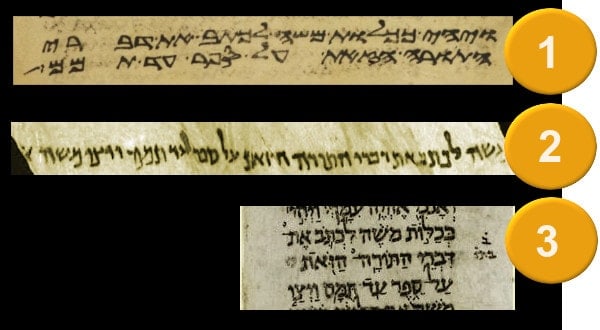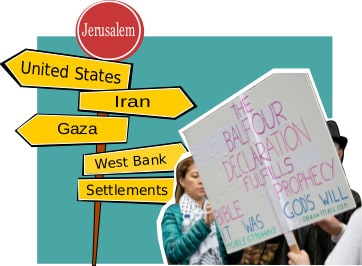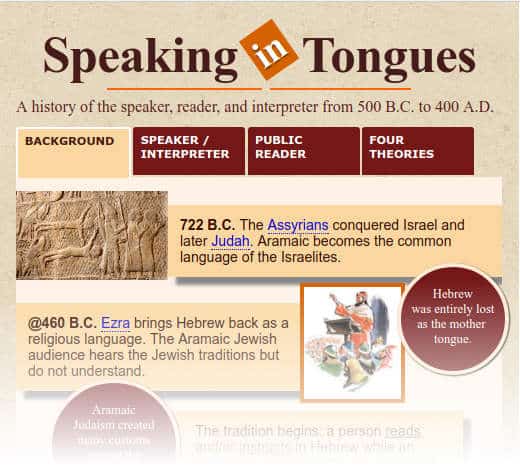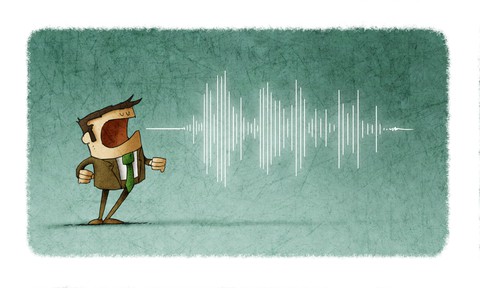The influence of Aramaic on ancient Hebrew typography.
As shown throughout this blog, the Hebrew language was heavily influenced, and almost overtaken by Aramaic. In the first century, only in the southern reaches of Israel did the Jewish the population continue to speak in Hebrew (with a few exceptions of course).
This influence is greatly shown in the shift in typography. Although Hebrew was retained in religious texts, the handwriting was changed from ancient Hebrew to an Aramaic style. Not only was the script changed but Aramaic typography also became the formally instituted one. The ancient Hebrew calligraphy was later reserved for the Samaritans and their texts, whom the Jewish peoples historically greatly disliked.





